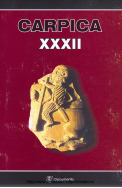
Al. Artimon, Oraşul medieval Trotuş în secolele XIV-XVII. Genezii şi evoluţie
Review of: Al. Artimon, "Oraşul medieval Trotuş în secolele XIV-XVII. Genezii şi evoluţie", Bacău, Editura Corgal Press, 2003, 372 p.
More...We kindly inform you that, as long as the subject affiliation of our 300.000+ articles is in progress, you might get unsufficient or no results on your third level or second level search. In this case, please broaden your search criteria.

Review of: Al. Artimon, "Oraşul medieval Trotuş în secolele XIV-XVII. Genezii şi evoluţie", Bacău, Editura Corgal Press, 2003, 372 p.
More...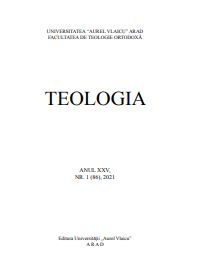
Understanding contemporary catechetical debates and challenges requires taking an analytical look at the creation and evolution of the catechism centred on faith concept, which was established in the 16th century and which served as a model for four centuries. This study gives an approach on the creation of catechism as a manual and as a specific pastoral practice dedicated to children. Furthermore, it presents the main lines of the catechism of the Council of Trent and the main aspects of the catechism of the 17th and 18th centuries. The 16th century was the century of the Reform. This process was directly experienced by the population, who witnessed it as a real breach for the Christianity, a simultaneous political, social and religious breach, all these four characteristics being closely linked at that time. Today, we certainly find it difficult to imagine this breach. But historians such as Jean Delumeau tell us that this Reform, as well as the following Catholic Reform constituted the response to a challenge: a changing world which is transforming radically. From this fascinating period, let us retain the elements, which seem essential to us to understand the atmosphere around the evolution of the diffusion of the faith “elements” and in particular the setup of the catechism framework, as well as its content. The new methods of printing and distributing books bring about a new relationship to knowledge. Along with humanism, the idea of personal faith is being developed. Salvation by collective membership in the Church is no longer enough. It is in this context that the first catechism manuals will be born. The manuals included the theological elements considered essential, generally organized in five chapters: the articles of the Credo (the Nicene-Constantinopolitan Credo), the Sunday prayer, the Pater Noster and the Ave Maria prayers, the commandments of God and of the Church.
More...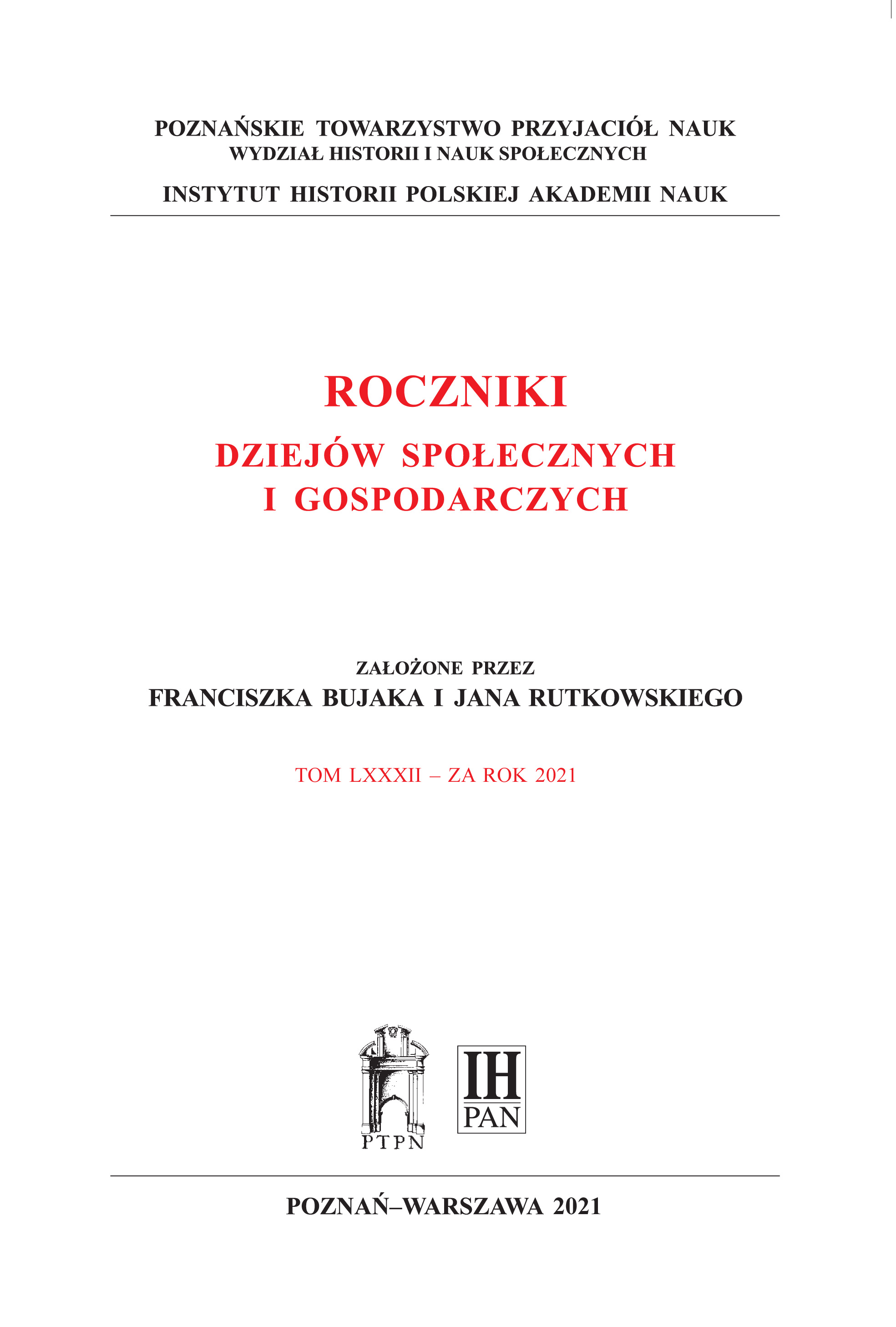
The aim of the paper is to provide a critical assessment of the registries of town clerks in the Old Town and New Town of Braniewo (until 1772) compiled by Danuta Bogdan and Jerzy Przeracki. With all due respect given to the Authors and the effort they put into the project, the article points to some omissions and a number of errors and inconsistencies of varying importance and nature. A lot of attention is paid to relatively frequent disparities between the material collected in annual lists and the data compiled in the name index.
More...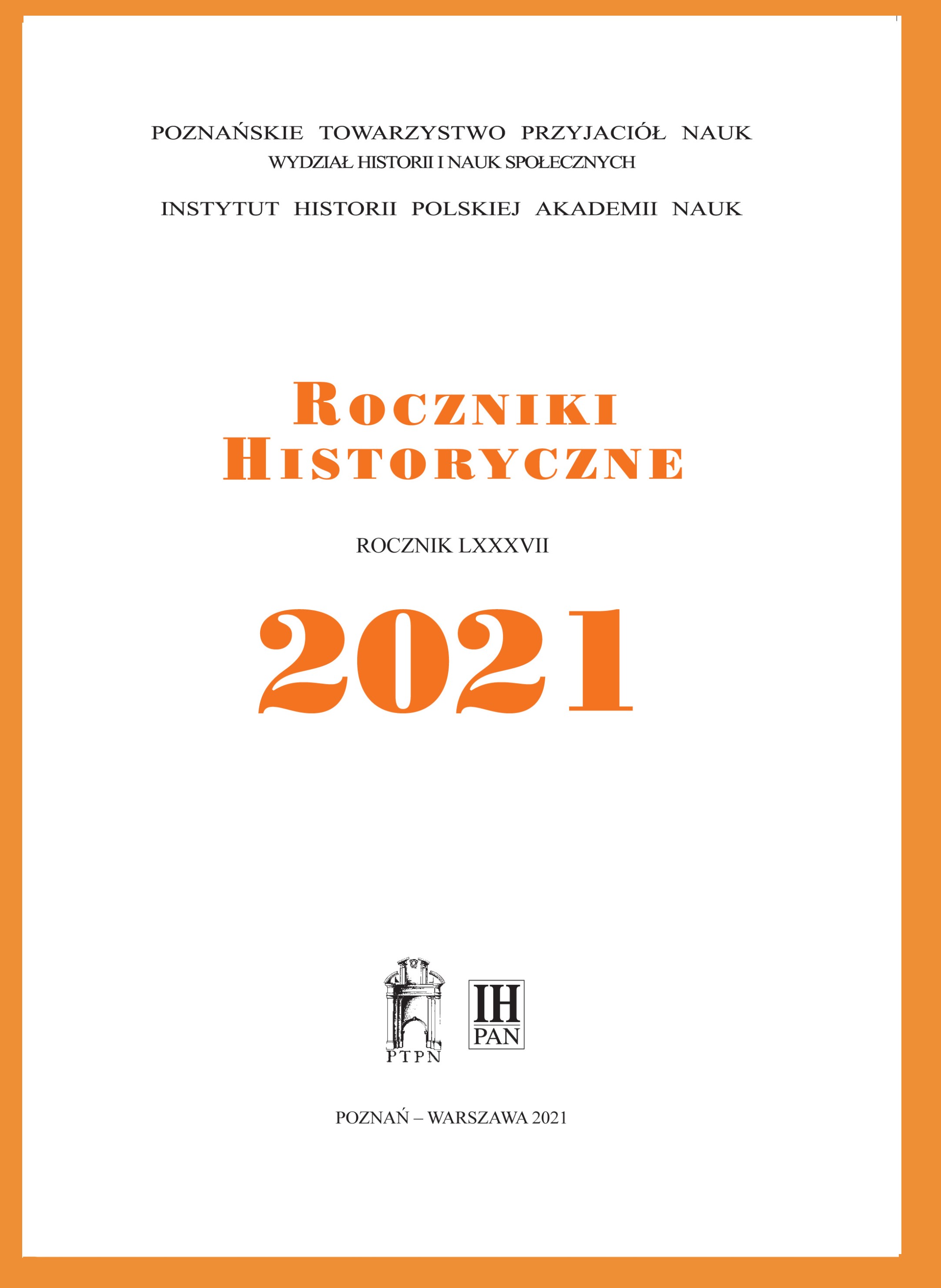
In the 15th century matters related to conferring ordinances to clerics from all over Europe at the Roman Curia belonged to the Apostolic Camera. The most important collection of Papal sources dealing with ordinances consists of 14 manuscripts from the series Libri formatarum, emracing the period 1425-1524. The paper discusses the contents of those books and provides the full catalogue of clergymen from the Polish-Lithuanian monarchy ordained at the Curia and recorded in the Libri formatarum.
More...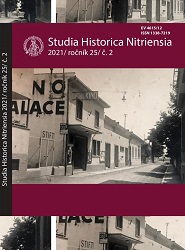
The issue of death and the world after it has been one of the basic human thoughts from the beginning of creation until today. This vision has a set of different manifestations in all societies. Tombs and tomb stones are one of the inseparable parts of this thought among all societies from ancient times to the present day, which has been used as a basic tool for its objective and spiritual manifestations. The decorative motifs of tombstones are a reflection of the cultural, social and religious conditions of a society, which is manifested in the form of geometric, symbolic, plant, epigraphic (inscription), and Muqarnas motifs. According to field studies, Maragheh city, located in northwestern Iran, is one of the regions in which many tombstones of the Islamic period has remained. These tombstones can be studied methodically and scientifically from the perspective of archeological, art, anthropological and sociological studies. In recent years, a number of tombstones in the city have been collected inside the museum of lithography. This research, which is the first phase of studying the tombstones of the Islamic period of Maragheh, has studied the tombstones of this museum. In this research, the tombstones of this museum have been studied with a descriptive- analytical approach in order to study the chronology of the tombstones and the motifs used in these tombstones. The results of the research show that the tombstones of this museum are generally from the 1495 – 1883 AD period. The motifs used in the tombstones also reflect the social status and religious beliefs of the deceased.
More...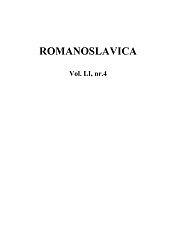
Within the medieval political framework, the Christian and roman elements are crucial for the recognition of the imperial status. This study aims to describe the Russian interpretation of two byzantine concepts related to these elements, namely translatio imperii and symphony. We argue that these concepts were integrated as an inherent part of the Russian culture, both by the political and ecclesiastical powers, and contributed to shaping the Russian understanding of the divine origin of the tsars’ power. In the attempt to place Russia in the sacred history of the world, a number of texts are developed in which Russia is portrayed as the ultimate destination for the imperial regalia, following the prophecy of the four empires from the biblical book of Daniel. By claiming the transfer and ownership of regalia, Russia becomes the final Christian empire and a new Rome. But as the power of the sovereign increases, the Church uses the concept of symphony between the two powers, in order to maintain its autonomy. The development of these concepts will be analyzed by comparing different written sources from the period.
More...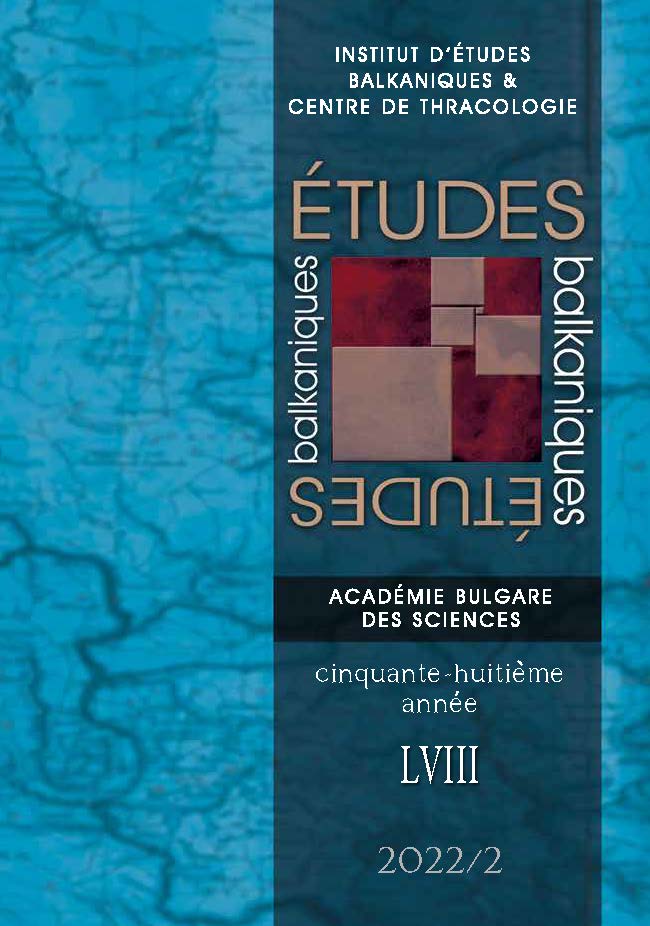
In this study I look into the behavioral pattern of the “Greek” merchants who came to Moldavia and settled in its capital, the town of Iași. The merchants were attracted by its geographical position: at the crossroad connecting centres in Transylvania or the Danube, ports of the Black Sea and towns of Poland. Because they dealt with regional trade for various merchandise, the merchants chose to invest in land, houses, stores and cellars located in the most relevant streets within the two commercial cores of the town, where they shared the space with many craftsmen, boyars but also monasteries. Whereas they represented an economic force and had money, some merchants made efforts to become boyars by purchasing villages and obtaining offices. Others chose to stay loyal to the urban world, and kept their properties across several generations and maintained their line of business. It was, thus, a very dynamic and ever-changing society, which allowed an easier transition from the structures specific to the late medieval world to the ones of modernity.
More...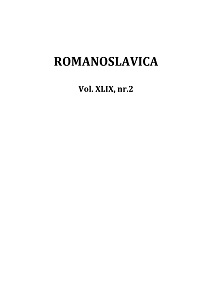
The Romanian historiography in the Slavonic language is a major part of the Romanian culture from the fifteenth and sixteenth centuries. The South-East European context bears the seal of the political and cultural relations with the neighboring countries and the Byzantine- Slavic cultural assimilation. The manuscripts copied in our monasteries have been widely circulated as shown by the numerous manuscripts preserved in libraries throughout our country and abroad. Among these many historiography writings of Byzantine-Slavic can be found. The Byzantine chronicles were identified in Slavonic translation or adaptations, included most often in the so called “sbornice” of a miscellaneous content; our original historiography has been developed and flourished both at the princes’ court and in the cultural centers near monasteries, issued from the pen of highly educated scholars, with deep knowledge of the history books and treaties of southeastern Europe. The chronicles of XV-XVI centuries show the characteristic features of the manuscripts from the sixteenth century. Their language is that of cultivated and educated writers, with a good knowledge of both Slavonic and Romanian, although the word endings are sometimes mixed up. Their rich and varied vocabulary is based on medium Bulgarian elements, originating from Old Slavic with Eastern Slavic and Romanian elements. The sober narrative is a characteristic feature of the message about the national being of the Romanian people, and its state north of the Danube. This was a social and political imperative, in the context of the historical events inside and outside the country.
More...
Every Slavic culture and literature preserves, in some manner, the memory of brothers Constatine and Methodius: either in literature, liturgy, historical writings, or even through the use of Cyrillic letters. Considering the fact that the old Romanian culture displays a strong Slavonic character, many an author have wandered if it also preserves, just like other cultures that have inherited Slavonic Culture, the memory of the "Slavic apostles". The present paper discusses mentions of the historical characters Constantine and Methodius in Romanian historical writings until the nineteenth century (chronicles and histories) and it analyzes their origin and use.
More...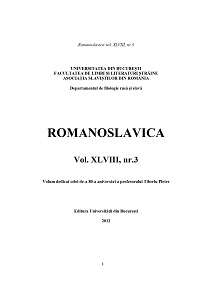
The article is an attempt at presenting the most important moments in the development of utopia as a perennial quest of humanity for a better world, in compensation for the manifold evils prevalent in our society. The author shows the origin of the utopia, which is not born from nothing but is the result of several myths, social disorders and mainly deep disappointment with the real society. Several important utopias of the world literature are quoted, such as the Egyptian paradise of Amenti, the Greek myth of Arcadia, Plato’s Respublica, as well as the contributions of Campanella and Thomas Morus. Karl Marx with his Manifesto and Capital is not omitted. Looking at the present day utopias, the author warns against the utopia transposed into politics.
More...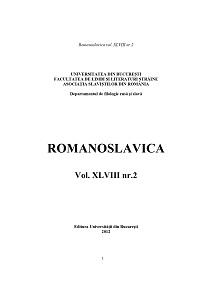
The author of this article explains the arrival of various ethnic groups to Slovakia, but particularly focus on the arrival of Wallachian ethnic group between the 14th and the 17th century. In addition to a thorough gradual settlement and their lifeway, she highlights their reflection in the construction of the names of rivers as important landmarks in the field.
More...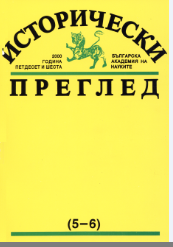
The theme of Europe, the Balkans and the Bulgarians has different aspects and considerable literature has accumulated on it in West European, Balkan and Bulgarian historiography. The most general survey made shows that for European historical thought of considerably greater interest as from the first centuries of the New Age were the questions connected with the political might and social structure of the Ottoman Empire. The studies on the Balkan peoples and their relations with the Catholic states as an independent subject of research are considerably less numerous. Bulgaria and the Bulgarians most often are included in the works of Slavicists, philologists and that chiefly with their political and cultural activities in the period prior to the Ottoman settlement in Europe. The achievements of Bulgarian and Balkan historiography prove that in the difficult conditions of the Ottoman feudal state, although at a considerably slower tempo economic processes similar to the European developed in the Balkans. Special room is devoted in the article to certain problems in historiography to the relations between East and West in the cultural sphere and between Catholicism and Orthodoxy. The need emerges for a thorough and detailed study of a number of questions the answers to which will contribute to the fuller elucidation of the structure and character of the Bulgarian and all-Balkan, and of the all-European culture.
More...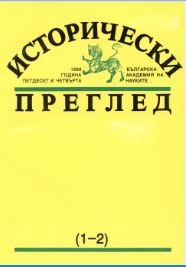
The article acquaints one with newly discovered Ottoman documents concerning the first capture of Buda by Sultan Suleiman I in 1526. The documents shed light on the events connected with handing over the keys of the fortress to the Ottoman ruler; this was done by Solomon, the son of Yasef, representative of the Jewish community in the city. Sultan Suleiman I granted privileges to this family which were confirmed by every following ruler up to the second half of the 19th c. In the course of time Solomon’s offspring scattered over the territory of the Balkan possessions of the Ottomans, and a branch of the family came to the town of Rousse. The official Ottoman documents presented in the article provide interesting details about the relations of these persons with the authorities and about their position in the Islamic Empire. This source material is of interest for the students of the early Ottoman conquests in Central Europe and for those who are interested in the history of the Jews in the Balkan lands.
More...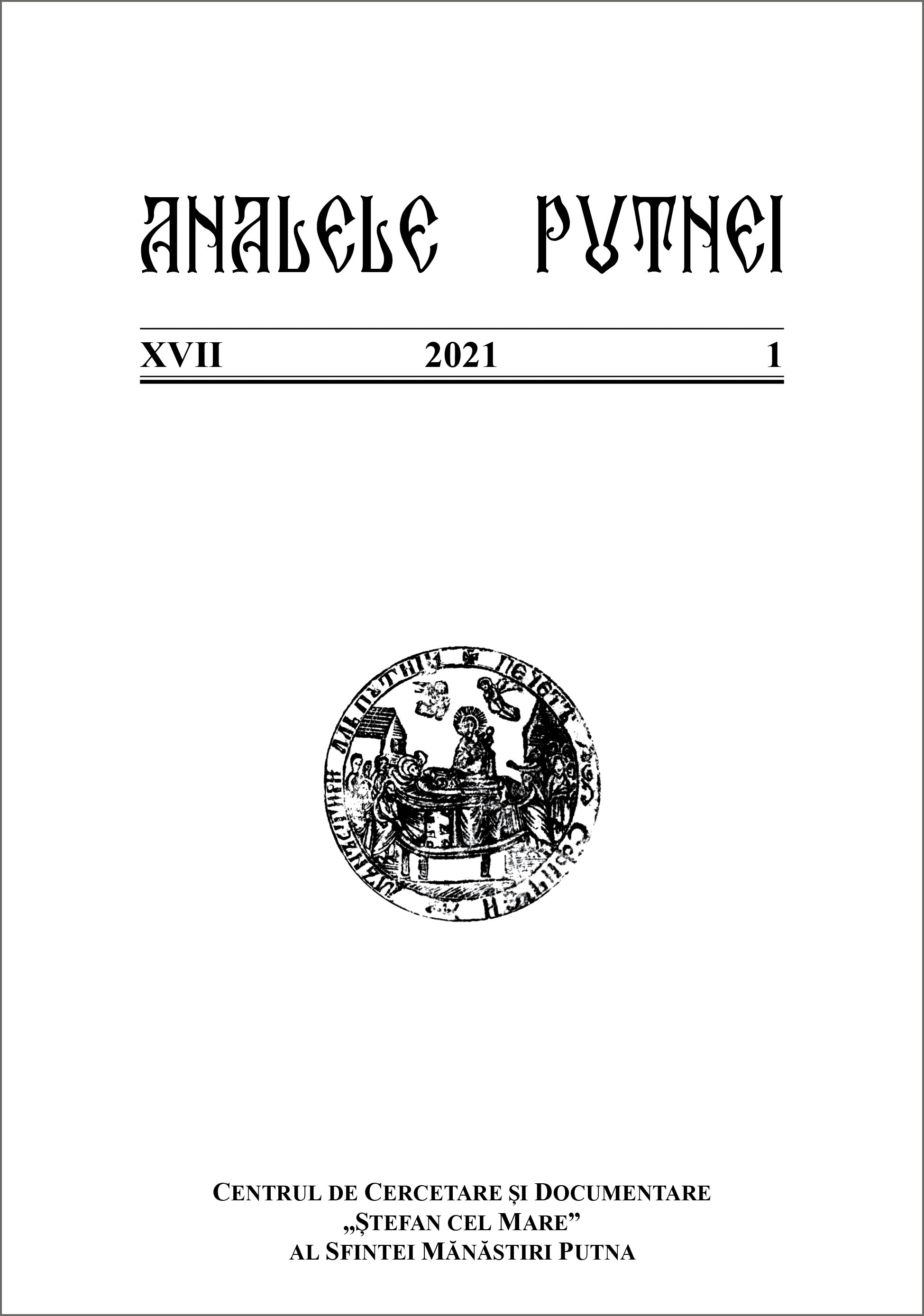
The features of the music manuscripts from the Putna music school are discussed. Special emphasis is put on new findings from the studies of Bulgarian scholars. Two manuscripts are under special scrutiny – the famous Book of Eustatie from 1511 and Manuscript 816 from the library of the Church Historical and Archival Institute at the Bulgarian Patriarchate in Sofia, dating from the third quarter of the 16th century, identified as belonging to the Putna music school. There arises the question about the connection between the music activity of Putna and the 14th-century Tarnovo literary and hymnographic school. The article emphasizes that the Putna music manuscripts document the complete adoption of the late-Byzantine (known also as “Koukouzelian”) musical system in the Slavic language of Bulgarian redaction, according to the new redaction of the Jerusalem Typikon of the 14th century. The activity of Hieromonk Eustatie, the most prominent representative of the Putna music school, is discussed. Two important stichera included in his books are considered – the one for St. John the New of Suceava and the one for St. Petka (Paraskeva) of Epivat. It is argued that the text of the first was written by Gregory Tsamblak, a pupil of the last Bulgarian Patriarch, Euthimios. Tsamblak wrote an entire office for St. John the New at the beginning of the 15th century, when he was a presbyter of the Moldavian Church. The sticheron for St. Petka (Paraskeva) turns out to be the first fully notated sticheron for the saint stemming from the Orthodox Balkans. It is concluded that one of the major tasks being accomplished at Putna was to preserve the Orthodox memory in the context of foreign religious domination in the Balkans. The repertory performed there was notated, including the music for particularly revered saints that were praised in the Orthodox countries of Slavic language. Researching the activity of the Putna music school allows us to look centuries back and reveal the foundations of what is sacred to every national culture: the creative power of memorable personalities and events that have become an example and inspiration for future generations.
More...
The connection between the Moldavian and Ukrainian-Belarusian chant traditions of the 16th –18th centuries is not easy to materialize at the level of the chant repertoire. Firstly, the comparative analysis of chant repertoires is complicated by the use of different musical notations. Secondly, the Ukrainian-Belarusian chant repertoire, the roots of which go back to the chant tradition of the Old Rus, is almost 100% anonymous. In the 16th–17th centuries, new chants appeared in Ukrainian and Belarusian manuscripts, often with accompanying toponymic remarks indicating their foreign origin: Greek, Bulgarian, Serbian, Wallachian, and so on. The comparison of the same chant in different manuscripts reveals differences in the designation of its origin. The connections between the Putna and Manyava monasteries are outlined. The results of Elena Tončeva’s research based on the Manyava manuscripts are analyzed and considered in a broader context. To date, we have identified five Greek-language chants common to Moldavian and Ukrainian-Belarusian manuscripts. There are the Cherubic songs Οἱ τὰ Χερουβεὶμ of Ioannes Glykys, Manuel Chrysaphes and Anthimos Lavriotes; the Cherubic song of the Presanctified Gifts’ liturgy Νῦν αἱ Δυνάμεις of the monk Longin and Sunday Communion Αἰνεῖτε τὸν Κύριον of Joakeim Harsianites.
More...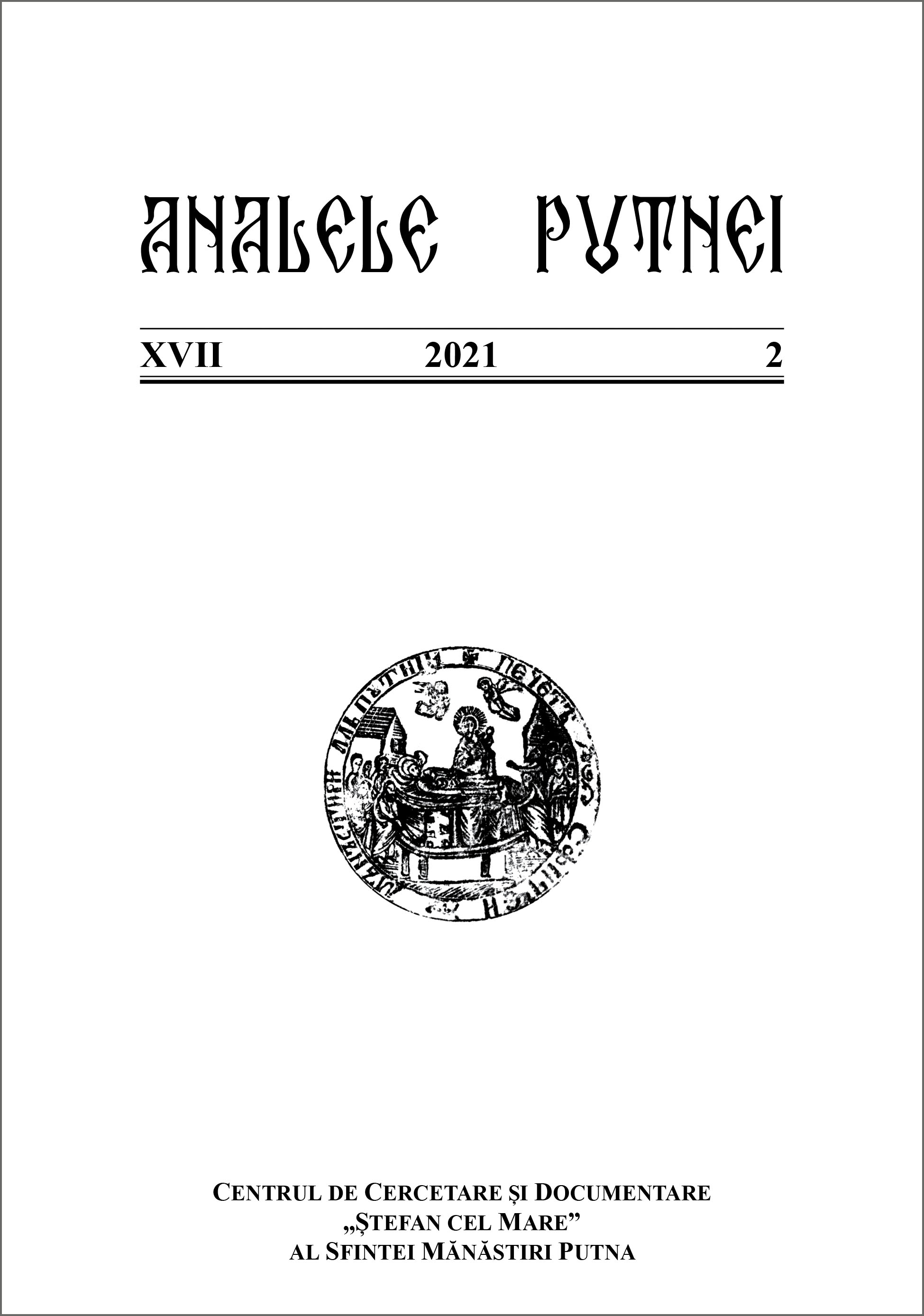
This short study surveys the iconography of the Five Martyrs of Sebasteia (the Five Companions) in Moldavian mural painting from around 1480 until around 1530. The iconographic choice is evaluated in the context of Middle and Late Byzantine parallels, stressing upon its connection with monastic devotion, due to the inclusion in the Horologion of two prayers attributed to Ss. Eustratius and Mardarius respectively. The funeral connotation of the Five Martyrs, already noted in Late Byzantine Balkan iconography (Treskavac, Konče) might explain their appearance at Rădăuți. Their popularity in monastic circles might account for their frequency in other programs, and especially their striking association with the great martyrs and Ss. Constantine and Helen on the eastern arch of the Pătrăuți Church naos. This selection surprisingly echoes the row of medallions on the western wall in the narthex of St. Andreas church in Treska. The association of St. Eustratius with a penitential prayer of the Compline, taken from his Passio and given here in an appendix (the corresponding fragment from the 15th-century Ms. 85 in the library of Putna monastery), bestows upon his iconic portrait an aural, mnemonic layer, presumably explored by the medieval viewer.
More...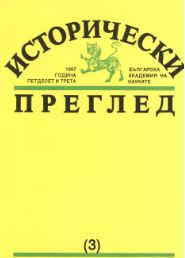
The brief parallel survey of the studies during the last decade into the European provinces of the Ottoman Empire in the 16th – 17th c. in historiography permits the drawing of some most general conclusions. The large number of scholarly studies and their indubitable scientific merits continue to uphold the high prestige of Bulgarian and Hungarian science in the field of Ottoman research, built up and consolidated already in the preceding decades, noticeable and fully understandable is the preference of the preference of the researchers for their native history during the Ottoman period, examined within the natural ethnic boundaries of the Hungarian and Bulgarian lands respectively. Problems of the political, economic and cultural history and also of historical demography are dealt with in harmony. Practically without exception the research is carried out on the basis of abundant newly found source material and contains important factual and conceptual contributions. A drawing closer of the stands of Hungarian and Bulgarian Osmanists emerges in the interpretation of historical events. Some romantic and extreme assessments which retain as their perimeter chiefly more popular publications are being abandoned. Studies by Hungarian and Bulgarian Osmanists ever more often are present in thematic collections and other publications brought out in Germany, Great Britain, France, Austria, Russia, Turkey and elsewhere. One should regret, however, that the Bulgarian and Hungarian historians, with very few exceptions, do not know each other as authors. If this historiographic survey stimulates at least to some degree greater mutual scientific interest, it could considered that it has realized, though partially, its intention.
More...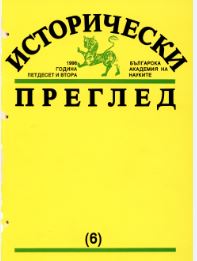
After the Ottomans had gradually crushed the resistance of the Hungarian Kingdom in a constant wartime of more than one hundred years, from the 1520s on they began to occupy Hungarian territories. Concerning the political aims of Suleyman (1520–1566) two diametrically opposed views have been advanced. One group of scholars maintain that the Ottoman ruler did not want to subjugate Hungary directly, but he wished to compel the Hungarians to accept a vassal status similar to that of the Moldavian and Wallachian principalities. According to others, the Ottoman ruler intended to extend his dominion over Hungary right from the outset, and to this end he used the traditional Ottoman method of gradual conquest. The authors of the article share the latter opinion, and at first they demonstrate how the strategy of gradual conquest was put into practice in Hungary between 1520 and 1541. At the same time they regard the Ottoman occupation of Central Hungary in 1541 as a consequence of the Habsburg aspiration as well. Originally, both the Ottomans and the Habsburgs aimed at dominating the whole of Hungary, but, due to the balance of their military forces, none of them was able to carry out maximum programme. As a result, Hungary became an area of war and conflicts between two world empires for more than 150 years, and the Hungarian Kingdom, which had been exceptionally unified during the Middle Ages, was divided into three spheres of political influence: Ottoman, Habsburg and Transylvanian. Since the military forces of the Habsburg and the Ottoman empires virtually balanced each other in the 16th century, none of them was able to conquer the whole of Hungary. Consequently, they divided the country, establishing a state of permanent wartime for 150 years, which did not totally appease itself even when the two opponents were theoretically at peace. Because of the constant state of war and the country’s being in the front line the Ottomans garrisoned a very considerable regular army (of some 25 000 men in the 1570s) there, which was completed by thousands of unregistered soldiers. Turkish administration in the capital and in the country regarded as its chief task the provision of this military force. The Ottoman rule in Hungary remained before all a military occupation, civil authority only manifesting itself in the field of the administration of landed property and of finances. There was hardly any effort of Islamization in Hungary, the Hungarian laws remained in force, and the municipalities of the Hungarian towns and villages also lived on and even increased their independence. The export of cattle and wine and also the cultural relations linked the territory under Ottoman occupation to the royal part of the country and to Western Europe.
More...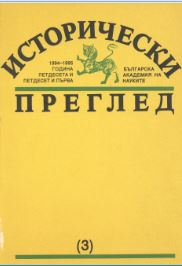
The occupation of the Bulgarian lands in the late 14th c. by the Ottomans had important consequences for a number of aspects of the life of the local population. The concrete military-strategic situation and tasks facing the conquerors determined also the directions of the military-administrative structure of these territories. The sancak of Nikopol was formed on the basis of a considerable part of the territory of the Kingdom of Turnovo. In an administrative respect it was divided into nahiyes, and from the end of the 15th c. some of them formed kazas. The system of roads, fortresses and strong points along the Danube existing before the invasion were retained. The task of the rapid military and administrative consolidation of these parts of the Peninsula became a fundamental goal of the local and central authorities from the middle of the 15th century on. With the change of the general military-strategical situation in the lower reaches of the Danube and in the direction of the Crimean Peninsula and Southern Russia was changed also the motivation in forming the administrative structure of the sancak.
More...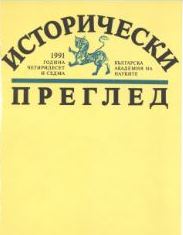
The research is made on the basis of Ottoman-Turkish sources from the oriental section of the People’s library “Sv. Sv. Cyril and Methodius” in Sofia, the History Archive of Macedonia, seated in Thessalonika, some Turkish archives in Instanbul, the collection of microfilms of the State Archive in Budapest etc., and includes the main ore-mining centres in the Central and the East part of the Balkan peninsula with an accent on the Bulgarian lands. The chronological frames coincide with the period of the Ottoman rule. The obligations of the different categories people, directly involved in the ore-mining and metallurgy and in the service sphere (madehci, küreci, kömurcü) are traced. It is found out that regardless of some local differences the statute of the directly involved in the ore-mining and metallurgy “privilidged” raja is characterized mainly with the following peculiarities: 1) because of their obligations they are free from taxes and duties, and mostly from the category of the extraordinary ones (avariz-i divaniye ve tekâlif-i örfiye) and exceptionally rare from the pay-tax djzizie (cizye); 2) some of the taxes are payed on a small scale; 3) in the first centuries they are free from blood tax (devsirme); 4) minimal payment of their labour at places; 5) they are free from obligations of other sources of economic activity, regulated analogically from the Ottoman state (for example they do not participate in the obtaining of salt, which is entrusted to the so-called solari (tuzcu)). Some violations in the statute officially provided for the. Ore-miners as compensation for their labour are also pointed out.
More...